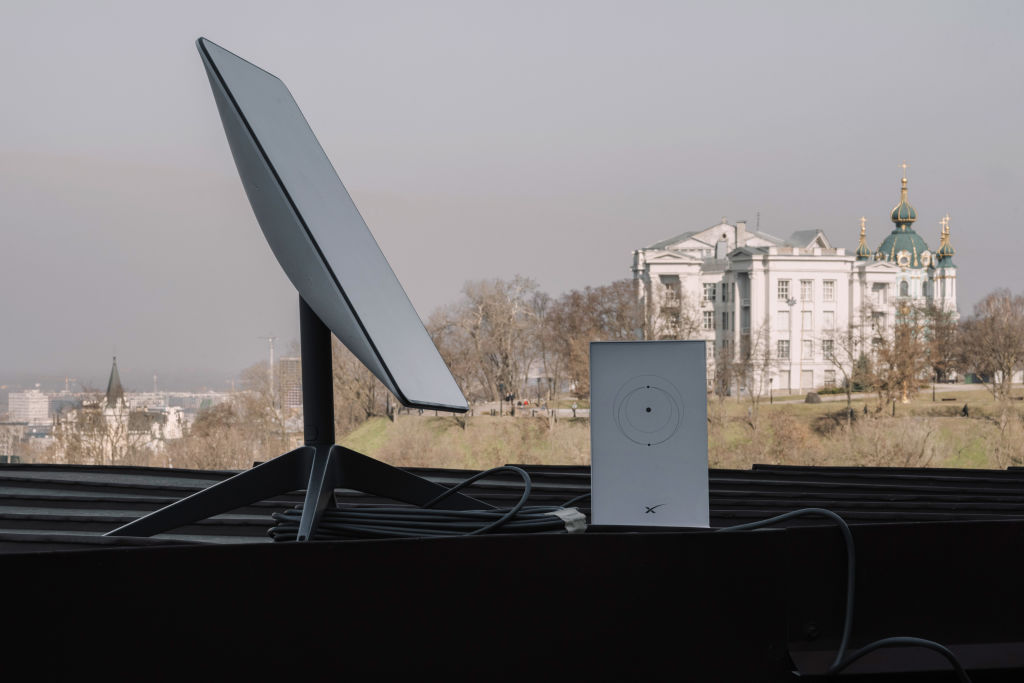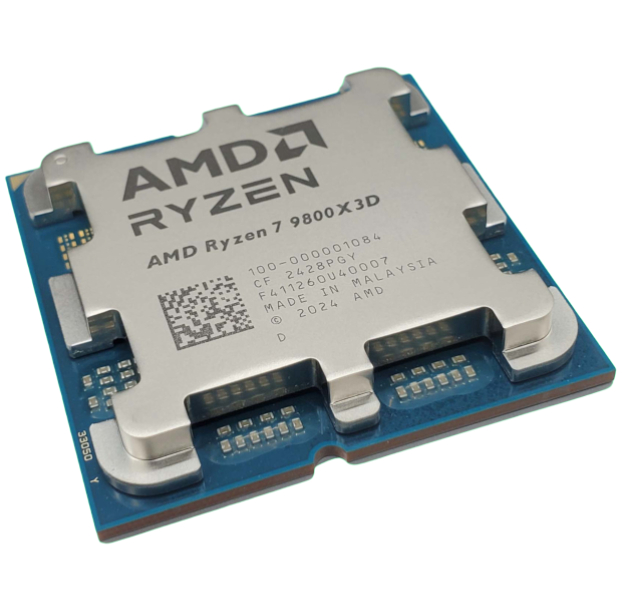Internet Starlink satellites aren't just messing up visible light images of the universe, they're unintentionally interfering with radio astronomy as well
Nobody can hear you scream in space, but those satellites sure are loud.

Over the decades, astronomers have faced the increasingly tough problem of satellites appearing in their view of the universe. The rapid growth of Starlink, SpaceX's web-from-space system, isn't just impacting countless pictures using visible light but also those in other parts of the spectrum. A recent study of 76 million images shows that the satellites are affecting the work of radio astronomers, even at frequencies that the satellites don't transmit at.
Take a photograph of the night sky, far away from any urban lights, and you stand a good chance of capturing the telltale streak of a satellite passing overhead. For any ground-based telescope capturing the faint photons of visible light from distant stars, it's an unavoidable problem because the satellites will always reflect the Sun's light.
When it comes to observing space in the radio spectrum, though, it should be far less of a problem because satellite companies are forbidden to transmit in specific frequency windows. However, a study by Curtin University in Australia (via Space) shows that SpaceX's Starlink satellites are "significantly interfering with radio astronomy observations, potentially impacting discovery and research".
Over four months, the research team amassed a total of 76 million radio wave images from a prototype section of the Square Kilometre Array observatory and upon analysis of the data, discovered that "[i]n some datasets … up to 30 per cent of our images showed interference from a Starlink satellite."
To make matters worse, the Starlink satellites were emitting signals in radio bands that they shouldn't be. "Some satellites were detected emitting in bands where no signals are supposed to be present at all, such as the 703 satellites we identified at 150.8 MHz, which is meant to be protected for radio astronomy," said study lead Dylan Grigg.

"Because they may come from components like onboard electronics and they’re not part of an intentional signal, astronomers can’t easily predict them or filter them out."
Professor Steven Tingay, a co-author of the research paper, points out that SpaceX isn't doing anything nefarious or the like. "It is important to note that Starlink is not violating current regulations, so is doing nothing wrong. Discussions we have had with SpaceX on the topic have been constructive."
Keep up to date with the most important stories and the best deals, as picked by the PC Gamer team.
Starlink isn't the only satellite-based internet service provider, nor is it the only satellite company routinely launching new devices into low Earth orbit, but few companies (if any) are launching on the same scale as SpaceX. Grigg notes that during the study period, a total of 477 Starlink satellites were sent into orbit, and another study has shown that the newest Starlink models create 32 times more radio interference than previous designs.
The number of electronic devices whizzing around our planet, transmitting within the permitted windows of the radio spectrum, is well over 10,000, and a significant portion of them are almost certainly going to be unintentionally emitting signals outside of the regulated zones.
As Professor Tingay says, "current International Telecommunication Union regulations focus on intentional transmissions and do not cover this type of unintended emission. We hope this study adds support for international efforts to update policies that regulate the impact of this technology on radio astronomy research, that are currently underway."
Future launches may well have structures in place to greatly minimise, or even remove, the problem, but the thousands of satellites already in orbit will continue to be a problem for radio astronomers. The incredible benefits of space-based internet and global communications are plain for all to see, though too much so in the field of space research.

👉Check out our list of guides👈
1. Best CPU: AMD Ryzen 7 9800X3D
2. Best motherboard: MSI MAG X870 Tomahawk WiFi
3. Best RAM: G.Skill Trident Z5 RGB 32 GB DDR5-7200
4. Best SSD: WD_Black SN7100
5. Best graphics card: AMD Radeon RX 9070

Nick, gaming, and computers all first met in the early 1980s. After leaving university, he became a physics and IT teacher and started writing about tech in the late 1990s. That resulted in him working with MadOnion to write the help files for 3DMark and PCMark. After a short stint working at Beyond3D.com, Nick joined Futuremark (MadOnion rebranded) full-time, as editor-in-chief for its PC gaming section, YouGamers. After the site shutdown, he became an engineering and computing lecturer for many years, but missed the writing bug. Cue four years at TechSpot.com covering everything and anything to do with tech and PCs. He freely admits to being far too obsessed with GPUs and open-world grindy RPGs, but who isn't these days?
You must confirm your public display name before commenting
Please logout and then login again, you will then be prompted to enter your display name.


